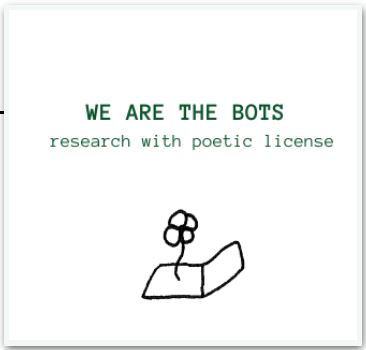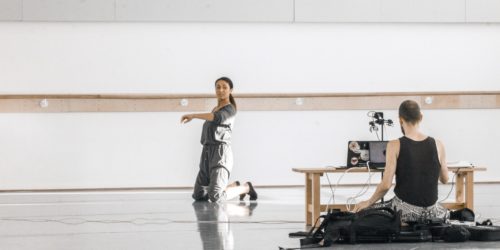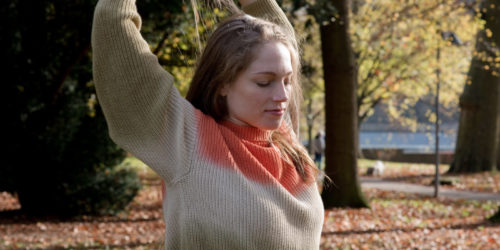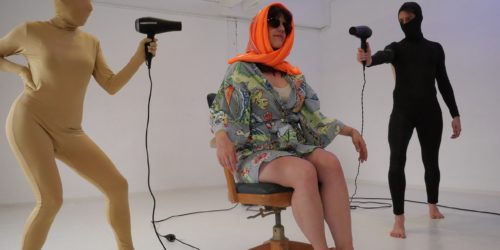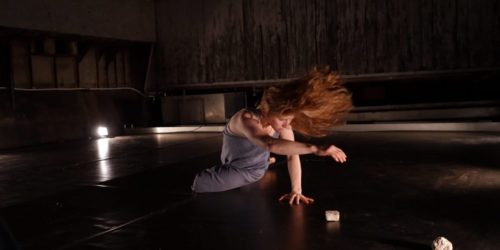Alles tanzt! Giovanni Lo Curto
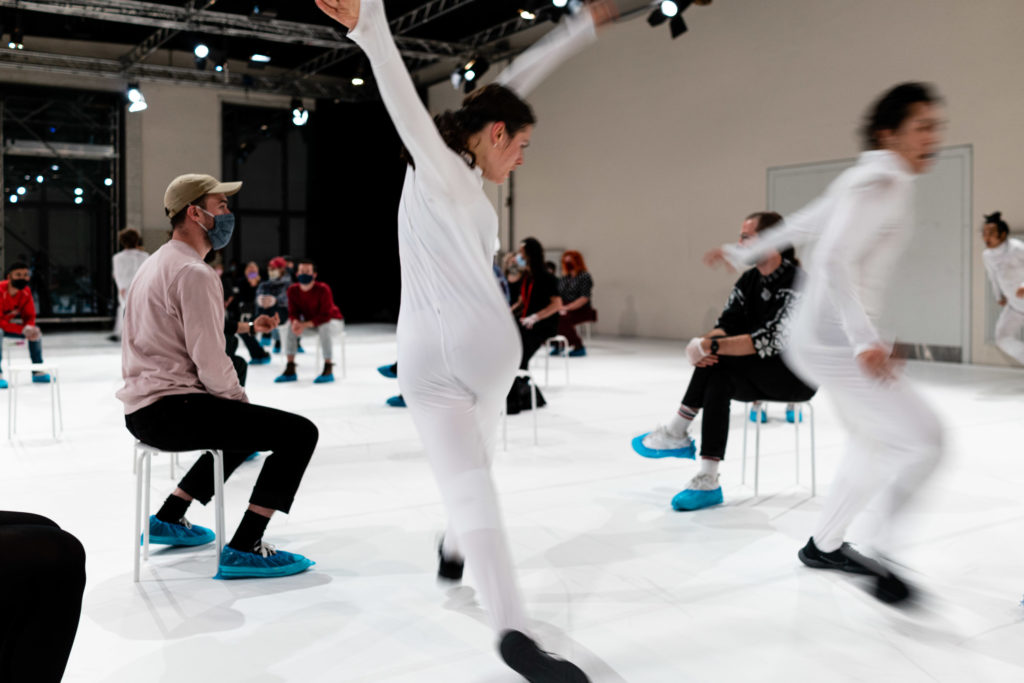
The recent and widespread crisis caused by the corona pandemic has dramatically reduced my photographic work, as theaters, museums and educational institutions were forced to fully or partially closed. With the support of DIS-TANZ-SOLO I was able to take a deep dive into my photographic archive taken between 2010-2021 in rehearsals, performances, choreography workshops, and site-specific dance. The year 2010 marks the beginning of my collaboration with Kosmas Kosmopoulos, the artistic director and choreographer of the Initiative LUNA PARK e.V., which has been fascinating and visually challenging until now.
While shifting through my archive looking at each photo over and over again, the idea of creating a pdf book with visual realities that (re)present the poetics of dance was born. After spending six months editing the photos, I created a book with selected images that invite the viewer to feel the emotion and meaning of dancing bodies suspended in time and space. The process allowed me to reflect on my approaches to the aesthetics of photography in two ways: from the viewpoint of the artist, but also from that of the viewer. In my photographic journey with dance I have often wondered how to blur the boundaries between documentary and art photography, between fantasy and reality. An answer highlighted by the research is that the strong desire to photograph dance functions both as an art and documentary genre.
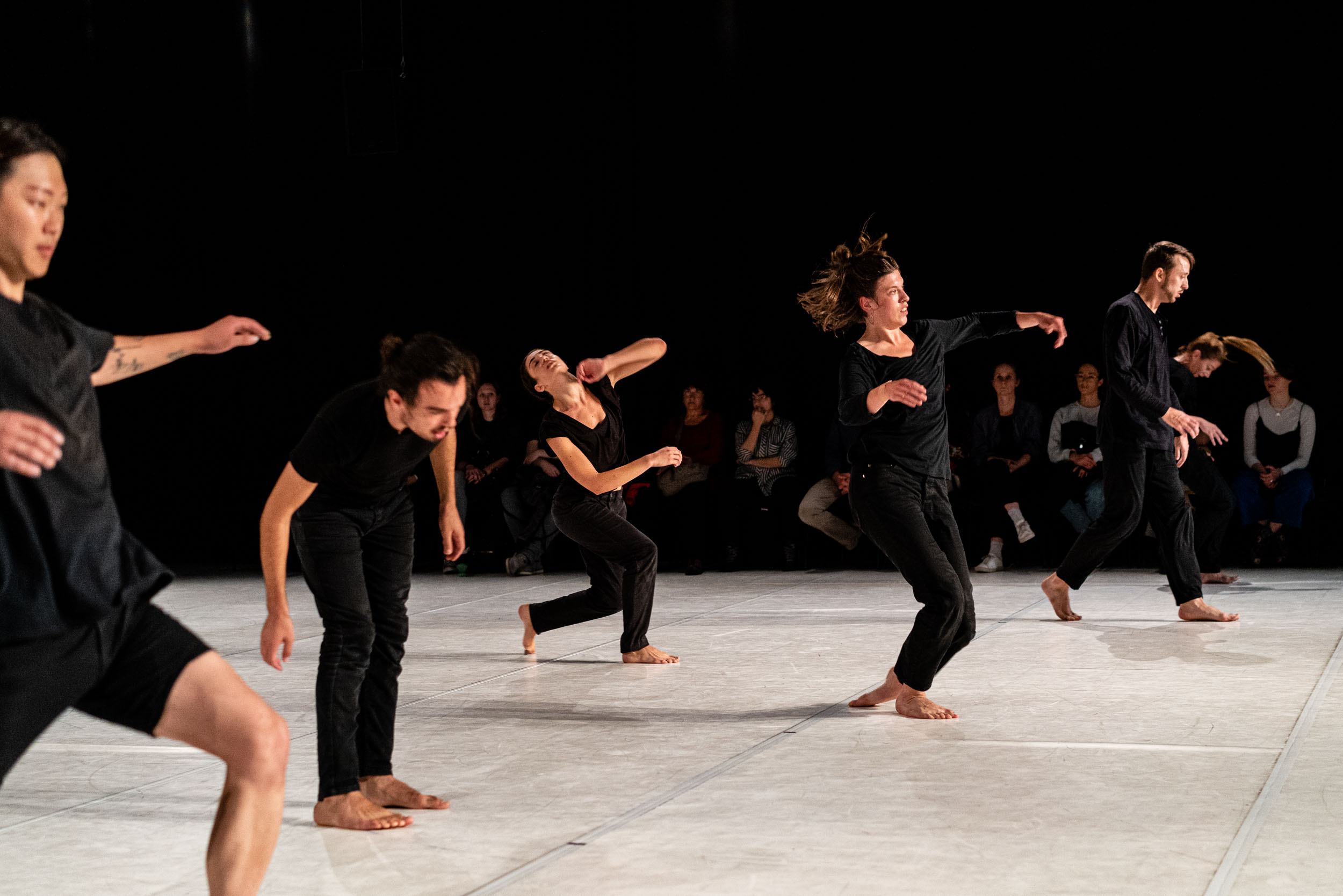
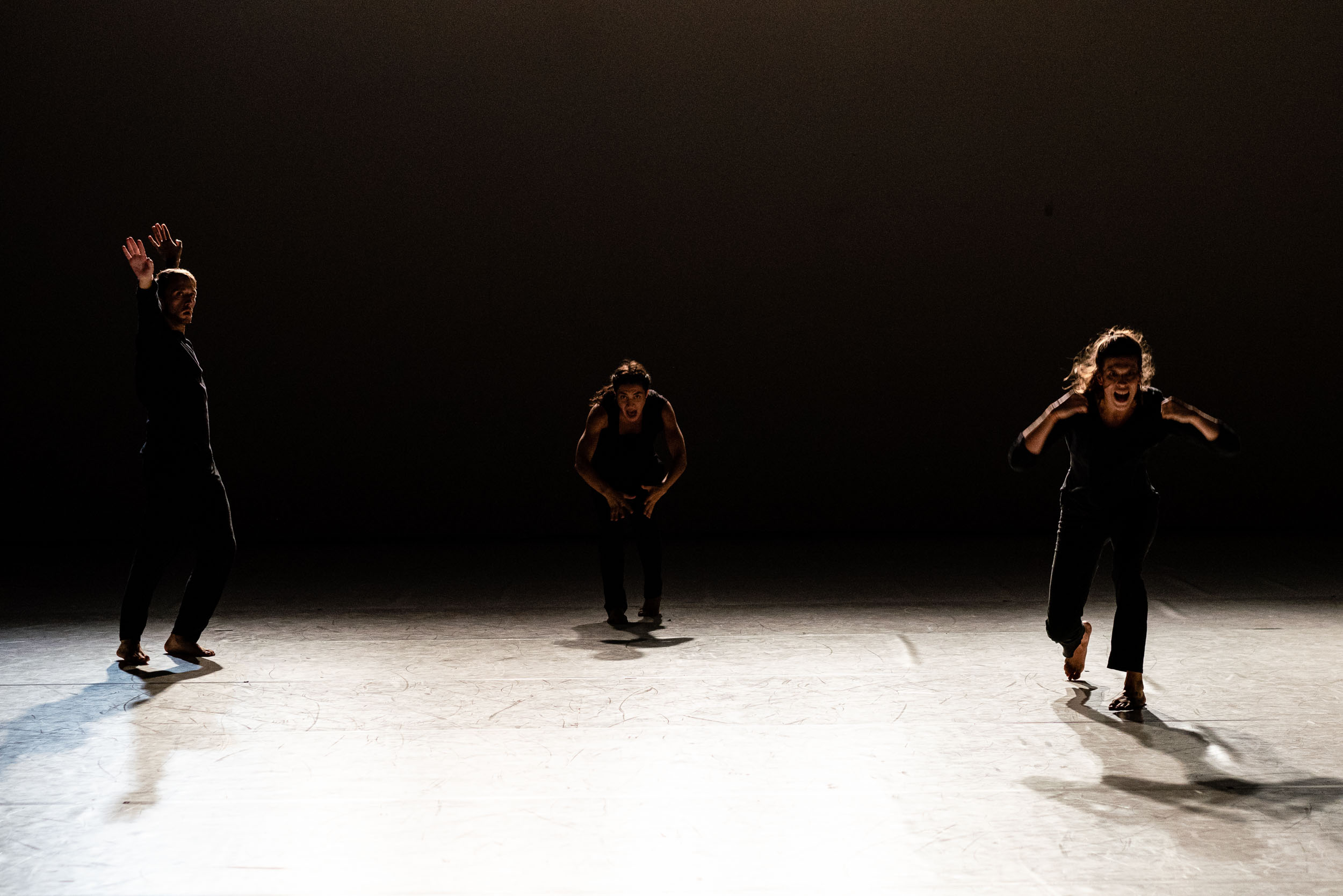

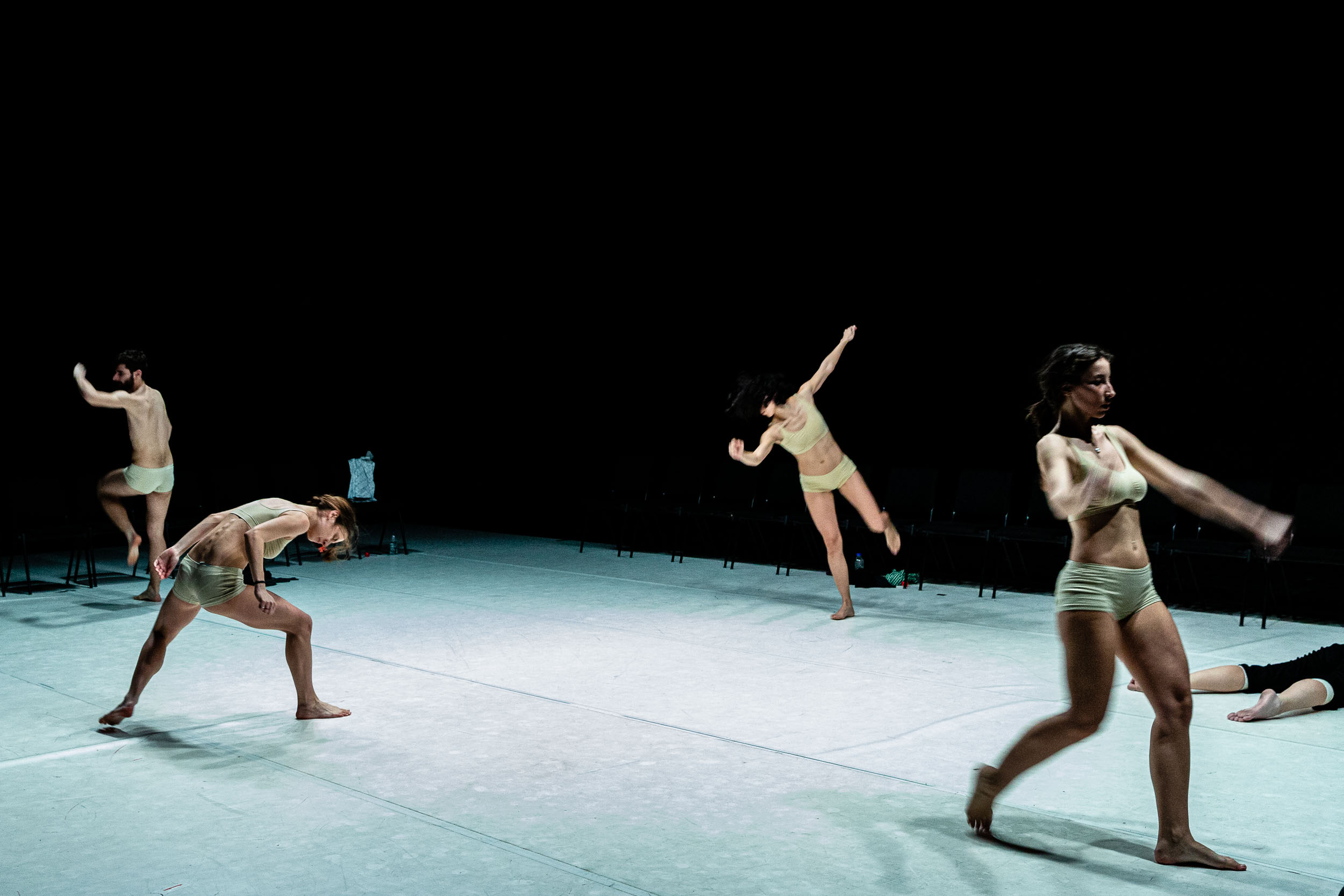

Either way, dance photography is a unique art form, in which a split-second gesture lasts forever. As a performance art, dance is truly ephemeral in nature. It takes place in a specific space, at a specific time, and then disappears leaving behind only traces of memory for dancers and spectators. So the only means we have to remember a dance are the photos or the video recordings. Another frequent question that has occupied me is how still photography can capture the elusive temporal dimension of dance. While dance is fluidity and continuity in time and space, photography fragments time and fractures space. In other words, still photography inevitably presents dance without motion or with an idea of motion. And yet between these two points of possible conflict is where lies the long historical relationship of dance and photography. Most people who are interested in dance or photography may find that there are some images that speak to them in a kinesthetic way, images that obviously do not move but perhaps give the illusion that they are moving. The innate ability of viewers of ‘reading’ an image that expresses emotions through bodily movement has been defined as kinesthetic empathy. Dance photography, for me, is not just the quest for a beautiful photo that conveys movement. It is the quest to render and convey the feelings of these movements, the artistic hiatus between dance language and the reality they sought to describe. The dancer’s movements shaped by constant interactions with the spatialities and temporalities of nature remind the axiom of the American poet and activist Maya Angelou: “Everything in the universe has rhythm. Everything dances.”
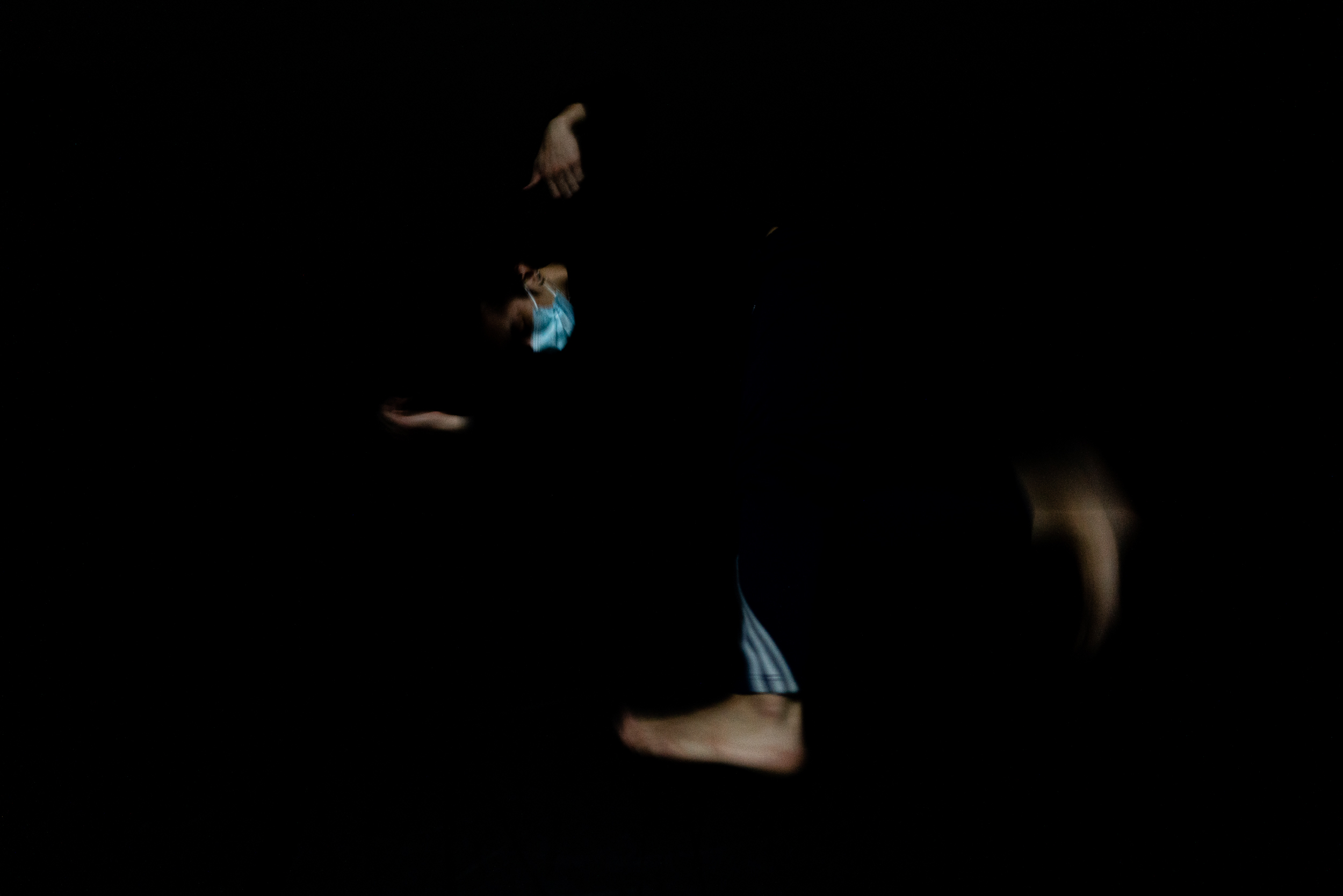
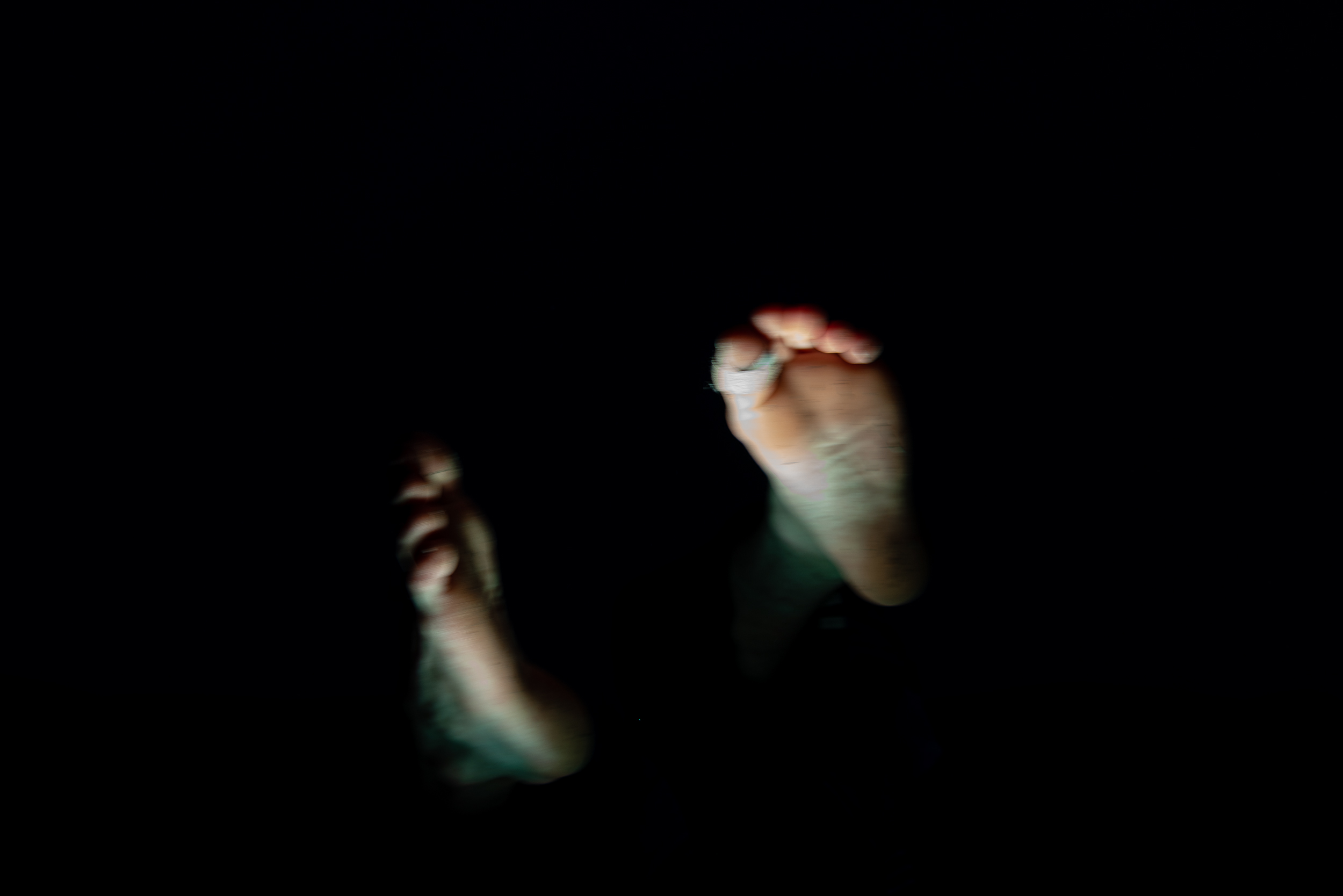

In terms of material, the book will contain a broad range of photos that represent only a fraction of the many ways that dance is created, such as conceiving, experimenting, rehearsing, and finally the staging of LUNA PARK’s early and recent choreographic works. The photographs included in the pdf book showcase the continuity and evolution of LUNA PARK’s artistic work.

